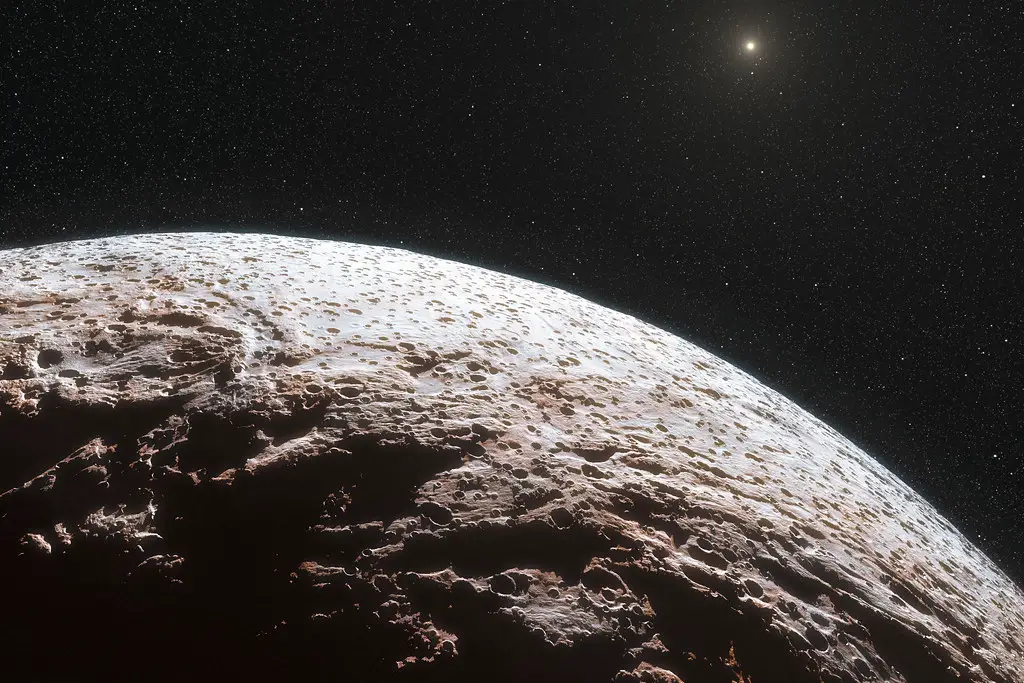Dwarf planets are too small to be classified as full-fledged planets but too huge to be classified as dwarf planets.
There’s been a lot of talk in recent years about Pluto losing its status as a planet in the solar system. Pluto is no longer regarded as the ninth planet in the series of critical planetary objects but rather as one of several “dwarf planets.” The dispute resurfaced after the New Horizons spacecraft passed by Pluto in 2015, exposing a world of surprising geological complexity. As of 2017, delegates from the expedition are working to reclaim Pluto’s status as a planet.
According to astronomers, the solar system and the Kuiper Belt include up to 200 dwarf planets. However, the distinctions between planets and dwarf planets may not be immediately apparent.
When did the International Astronomical Union create the dwarf planet definition?
The International Astronomical Union (IAU) voted on August 24, 2006 to change Pluto’s status from planet to dwarf planet. This action was taken following much scientific debate and investigation into several planets, of which Pluto was one. As a result of that vote, three new categories were created for objects in our solar system: dwarf planets, plutoids and small solar system bodies. Dwarf planets are celestial bodies orbiting around our sun that are massive enough to have their own gravity but not large enough to be considered a planet or a comet. Plutoids are dwarf planets that orbit beyond Neptune.
The solar system’s dwarf planets
According to the International Astronomical Union, a planet that orbits the sun has enough gravity to force its mass into a rounded form (hydrostatic equilibrium) and has cleared its orbit of other, smaller objects. This last condition distinguishes planets and dwarf planets.
Ceres, Pluto, Eris, Haumea, and Makemake are the five dwarf planets recognized by the International Astronomical Union (IAU) as of 2014. These aren’t the only ones, though. Sedna and Quaoar, small worlds well beyond Pluto’s orbit, and 2012 VP113, an object thought to have one of the most distant orbits found beyond the known boundaries of our solar system, are other solar system bodies that could be dwarf planets. According to observations performed in 2017, the object DeeDee could perhaps be a dwarf planet. According to NASA, there could be over a hundred dwarf planets out there waiting to be discovered.
However, the status of minor planets, particularly Pluto, continues to be a contentious issue. The fundamental concern derives from the need for a planet to wipe up its immediate surroundings.
Is a dwarf planet a distinct entity from a planet, or just a different classification? It’s possible that the issue will not be resolved anytime soon.
Ceres
Ceres is the smallest and oldest dwarf planet in the current category. Giuseppe Piazzi, a Sicilian astronomer, discovered Ceres in 1801 based on a hypothesis that a missing planet existed between Mars and Jupiter. It has a diameter of 590 miles (950 kilometers) and a mass of only 0.015 percent that of Earth.
Pluto
Among the dwarf planets, Pluto is the most well-known. It has been categorized as the ninth planet from the sun since its discovery in 1930 and 2006, respectively. Pluto’s orbit was so irregular that it brought it closer to the sun than Neptune, the eighth planet. The International Astronomical Union (IAU) reclassified Pluto as a dwarf planet in 2006, following many other stony planets that were similar in size or larger than Pluto.
Eris
Eris was thought to be the largest dwarf planet, with a mass 27% bigger than Pluto’s and a diameter of 1,400-1,500 miles (2,300 to 2,400 km). The discovery of Eris caused the International Astronomical Union (IAU) to reassess the definition of a planet. The dwarf planet appears to be slightly smaller than Pluto, according to further observations.
Makemake and Haumea
Haumea and Makemake are the solar system’s most recently discovered dwarf planets.
![]()
